Winter or summer – A detailed guide helping you to find the best hiking boots for Iceland [reviews included]
Iceland is an amazing country, magical even. But it is also one of the most demanding places you can visit. It’s cold, it’s wet, and there are few trails, let alone cable cars to its many natural highlights. In short, it’s very important to skip the fashionista air & plan ahead with a detailed Iceland packing list. One of the essential items you will need no matter what are some good hiking boots. Man, or woman – this guide will help you to find your best hiking boots for Iceland.
_____________
Essential read: Check out my article on the best time to visit Iceland
Checklist BEFORE you buy your hiking boots for Iceland
Iceland is incredibly diverse and there are tons of tourist attractions and there are just so many things to do (check out my guide). Now, before you buy the first hiking boots you see on the internet, it’s very important to ask yourself a couple of questions.
- Will you visit in summer or winter?
In winter you obviously need to prepare for snow and low temperatures, which means high ankles and a good insulation. In summer you will want something waterproof in case (or rather when) it rains. - Are you an experienced hiker?
It’s important to realize that as an inexperienced hiker you will want something with excellent ankle support. But you will also probably not do the most challenging trails. Either way, you might consider bringing walking sticks. - Do you plan to go hiking after your trip to Iceland?
Good hiking boots can be extremely expensive. They are made to last an eternity but ask yourself if that is what you really need. - Do you plan to go off the beaten paths?
Some tourists just want to stick to the golden circle and the main highlights. Here, you will find well-maintained tourist pathways and thus there may be no need for professional hiking boots. Sturdy walking shoes might suffice. - Do you want to go glacier hiking?
Iceland has a lot of lovely glaciers. It’s important to note that hiking a glacier is extremely (!!) dangerous and should not be done without a professional and preferably local guide. But if you plan to do it, you will need special gear again. - How long are you staying in Iceland
Hiking boots can fail you. Especially the sole can come off. This usually happens after long, long strain. If you are camping somewhere in the middle of nowhere, it’s good to have a replacement. For longer stays, your feet (and fellow trekkers) will also thank you for alternating between two pairs.
The best hiking boots for Iceland for beginners
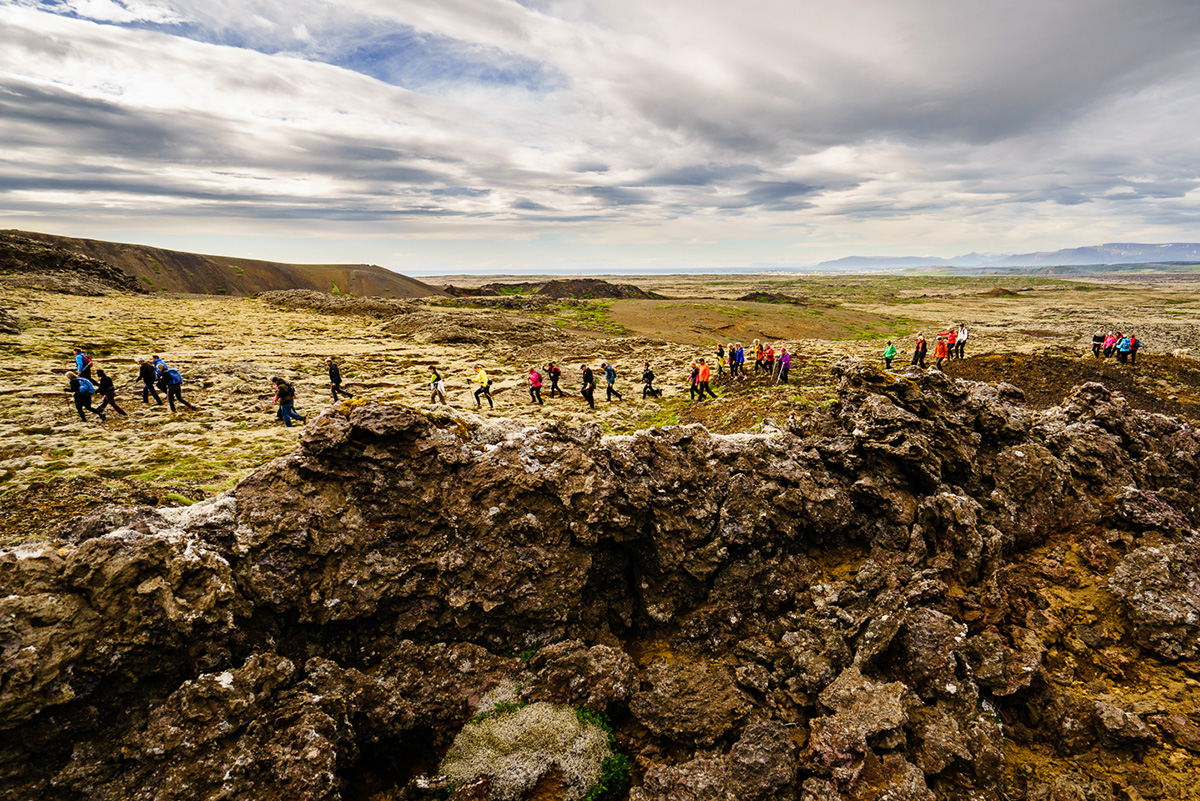
Note: I get commissions for purchases made through links in this post.
There are virtually a million different hiking boots out there and it’s really hard to make a pick. For Iceland and beginners, I’d recommend a versatile boot with high ankle support and a rather stiff sole (fit for the rocky terrain on Iceland) with a lot of grip.
As it is cold and wet, I’d stay away from full leather boots (takes ages to dry) and rather stick to a leather/synthetic mix (Gore-Tex). You will obviously want something super waterproof. Also, not all treks are that demanding, so you will want something versatile.
Putting all things together, I’d say that currently the Lowa Renegade GTX Mid Hiking Boots are the best choice and offer the best bang for your buck. They have a very comfortable collar and are super light weighted. They also offer a lovely traction on most terrains and Lowa really has the best water resistance design. The flooding height is a bit low, so you don’t want to wade through deep mountain streams, but otherwise, they are probably the best boots for Iceland. That being said, I am a huge Lowa fan and my family has been buying the brand since 30 years (ugh! these numbers makes me realize how old i am, lol).
PRO: Comfortable, lightweight, great support, super waterproof and versatile
CONS: Mediocre lacing system, low flood height
The best for men: Lowa Men’s Renegade GTX Mid Hiking Boot
Get the price >>
The best for women: Lowa Women’s Renegade GTX Mid Hiking Boot
The best hiking boots for advanced hikes
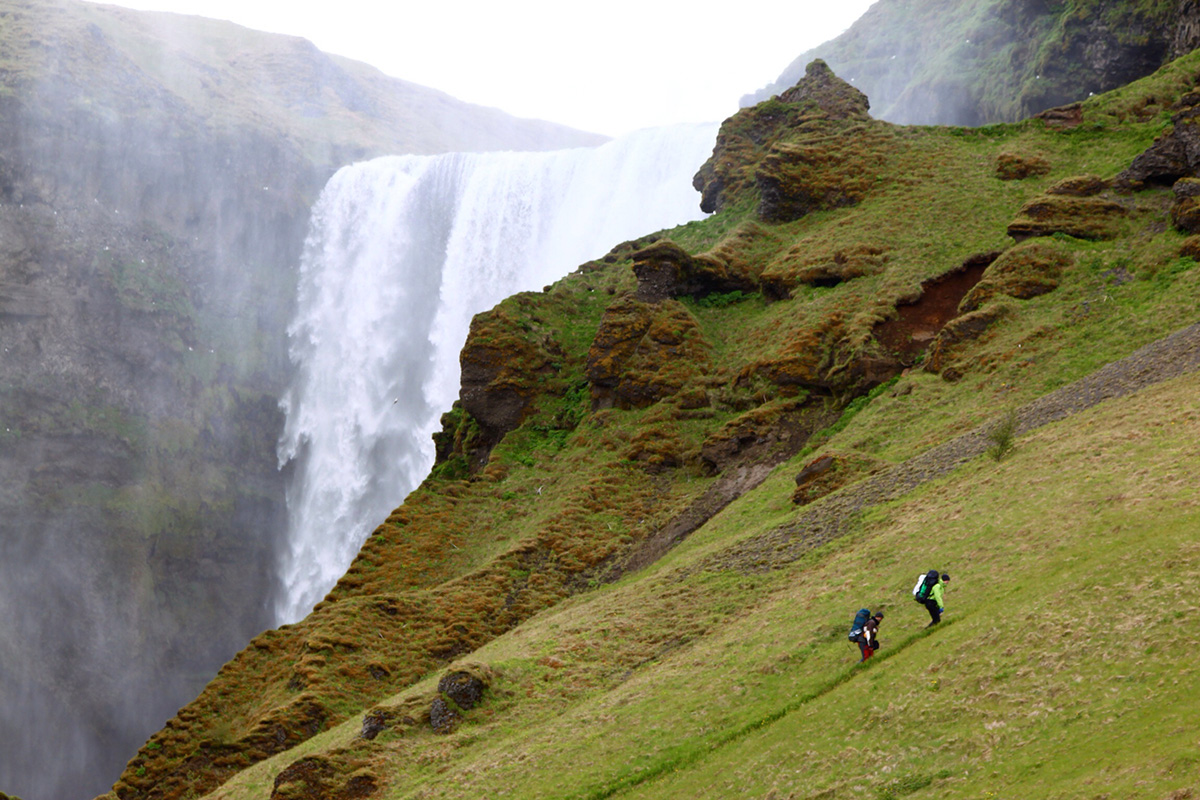
If you plan to do some advanced trekking in Iceland, you will want hiking boots with great durability, very strong lateral stability, a refined lacing system fit for alpine environments. This means a rather stiff and stable boot and here the Salewa Men’s Mountain Trainer Mid GTX truly shines.
The lacing goes down into the toe box which will enable you to adjust it according to the terrain you are on. (Downhill on very rocky lava slopes, you don’t want to slither around in your toe box, believe me).
The Mountain Trainers are super stiff, though, and will require you to break them in thoroughly. They also have one of the best tractions in mud and they are ideal for scrambling and very rocky areas. They are also quite light weighted and super water resistant. On top of that, the seams are really made to last. Still, I wouldn’t recommend these for anyone going on his second hike.
PRO: Great durability & stability, super water resistant & designed for alpine environments
CON: Long break-in time, not very versatile
For men: Salewa Men’s Mountain Trainer Mid GTX

For women: Salewa Women’s Mountain Trainer Mid Gtx Hiking Boot
Get the price >>
Alternative walking boots for easy trails
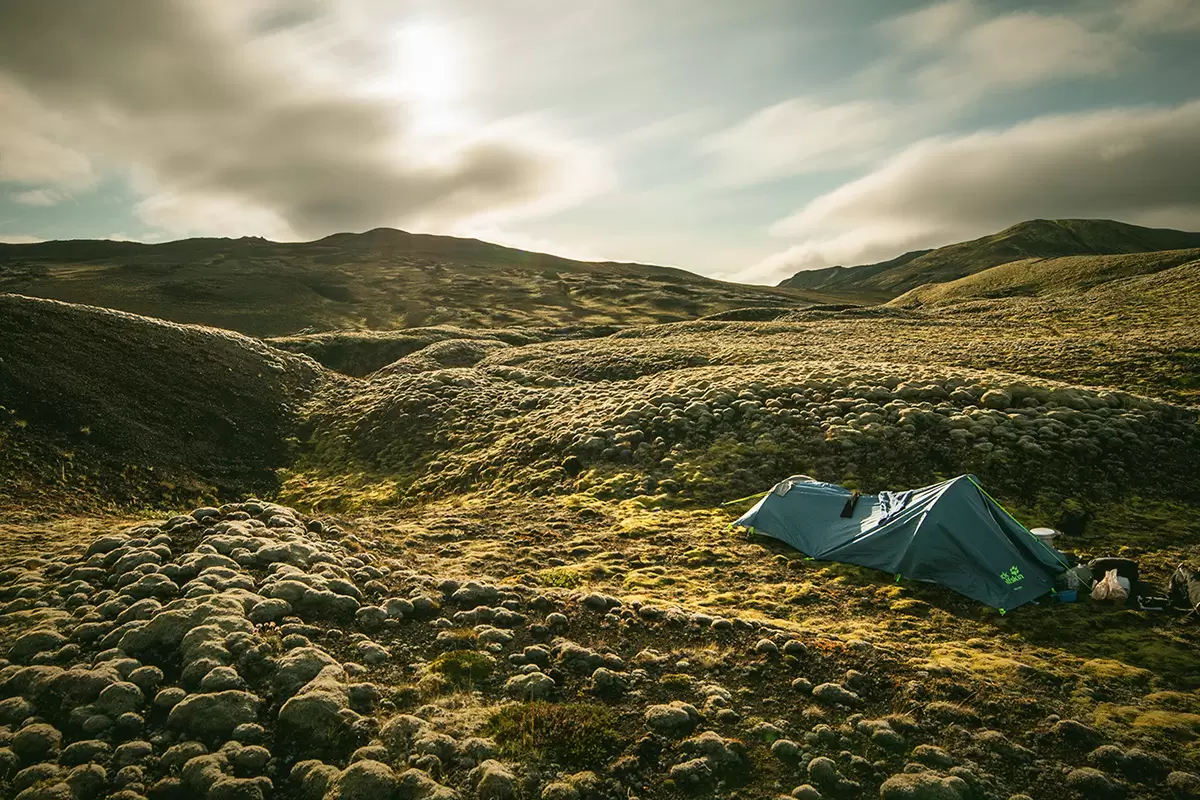
Lots of trails in Iceland are rather easy, especially along the Golden Circle. Often, you will find gravel paths and not a very steep incline. Also, the parking lot is usually quite close so you don’t need to carry a big backpack. Depending on your itinerary, you might NOT need full-fledged hiking boots and get sturdy walking shoes instead.
My current all-time favorite walking boots are the Adidas Terrex Swift R GTX I just love them and basically wear them on almost every trip I go (even climbed Huyana Picchu in Peru with these). They are sooo super lightweight, have the perfect breathability and are so comfortable you don’t even notice them. They are built for speed and comfort and I own 3 pairs (lol). I love the super easy lacing system.
They don’t have the highest flood height (they are super waterproof, though) and it’s not the ideal shoe with big backpacks or absurd heat (not a prob in Iceland *grin*). However, it does perform very well in varied terrains and actually doesn’t look all that bad (which is rare in hiking shoes).
PROs: Super Versatile, super durable, super comfortable, quite chic, super water resistant
CONs: Not built for medium and heavy loads or super long distances
For men: Adidas Outdoor Men’s Terrex Swift R GTX Hiking Shoe
For women: Adidas Terrex Swift R Mid GTX
Snow boots for Iceland
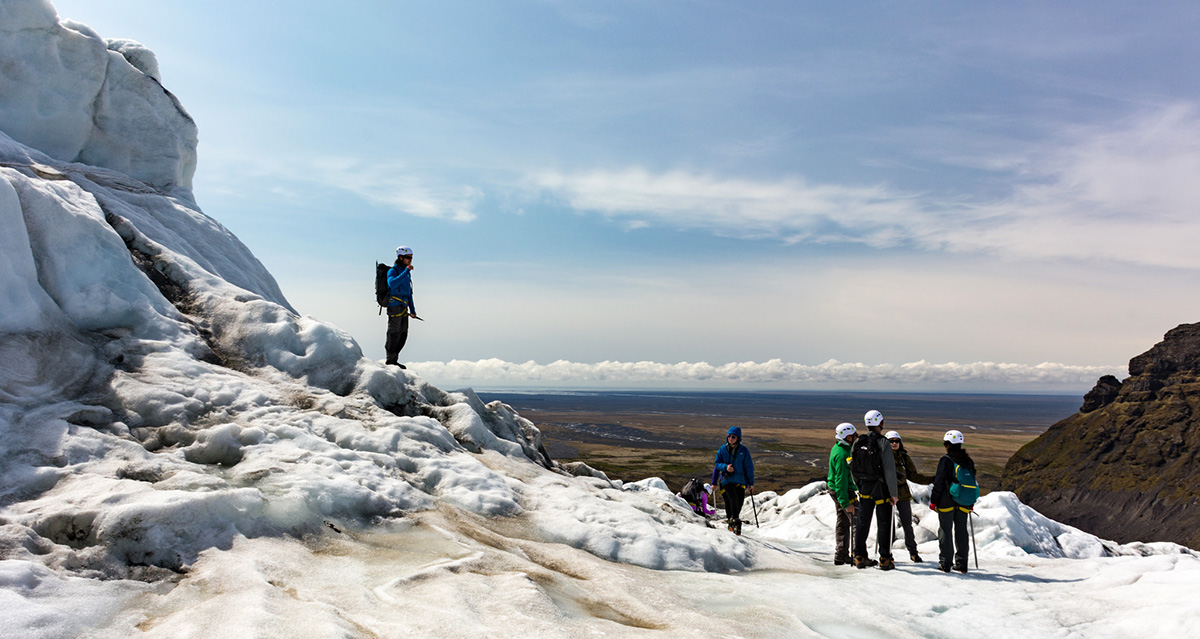
If you are visiting Iceland in winter, you might consider bring along special snow boots and/or glacier hiking boots. Normally, waterproof hiking boots (sorry, the Adidas Terrex Swift are no good option for deep snow), will suffice in winter. Just remember to pack some warm hiking socks, and you are fine.
A good budget tip is getting some gaiters to transform your hiking boots into snow-proof walking machines. They come in different heights and I recommend you to get mid-calf gaiters (8 – to 12 inches tall). Here is one very good example:
If you are really afraid of the cold and want something to really keep you warm, I recommend you these snow boots from Sorel (click here for the women’s edition). I wore them up in Spitsbergen and even at -30° Celsius they did not fail me. But be aware that they were built for warmth and not for walking. They are perfectly okay for short strolls, but anything longer than 2 kilometers or more challenging terrain is definitely not recommended in these. They are perfect for snowmobiling or dog sledding at medium-low temperatures, though.
The same applies to glacier tours. Here you can just get some crampons. Unlike gaiters, it’s a bit harder to choose the perfect crampon as it really depends on your shoe and the planned activity. For simple snow walking aluminum crampons with a fixed horizontal & flexible construction will be your best option. So something like these:
Note: For hard packed ice (like ice climbing) you will want rather stiff hiking boots and will have to choose your crampons accordingly. Most glacier tour operators will be able to rent you the equipment, so you might not need them. I guess it is also possible to rent glacier hiking boots or normal hiking boots in Reykjavik. Generally speaking, you shouldn’t do this kind of activities without a professional guide.
Further tips for your Iceland hiking boots
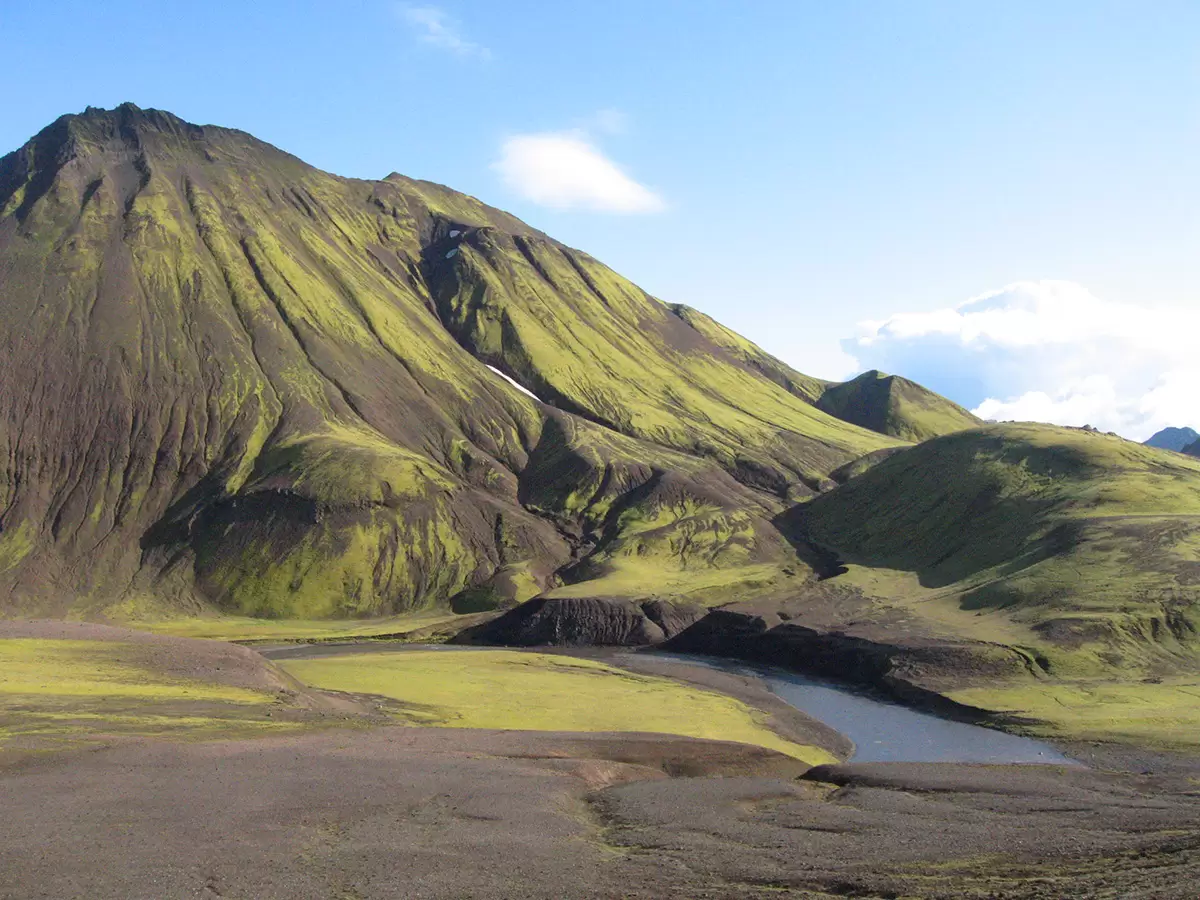
The worst bane of hikers are blisters, especially on a long trek. I ALWAYS carry Compede blister plasters on my travels and each trek. The gel pads make you forget these blisters even existed (unlike cheaper blister plasters, that are more like a traditional plaster). Have some along wherever you go and put them on as soon as you notice a blister forming.
There are also some excellent blister prevention sticks that come in super handy on longer outdoor trips (one per family is more than plenty).
Apart from that, the best advice against blisters is breaking your hiking boots in. So, BEFORE your trip to Iceland you should ideally go for a short walk and then a normal little hike. New shoes always need a bit of time to adjust to your feet (some warmth and a little sweat from your feet will do that just fine). And obviously, you should lace your boots properly, to avoid unwanted motions inside your shoe. And last, but not least, good trekking socks help you a long way to enjoy the nature and not worry about your feet.
So, that was my little guide to finding the best hiking boots for Iceland. I hope you found it helpful. Please be aware that I picked shoes that work for most feet. As each person is different, they might not work out for everyone (like if your feet are extremely narrow or wide). So, don’t be afraid to ask any questions in the comments below.
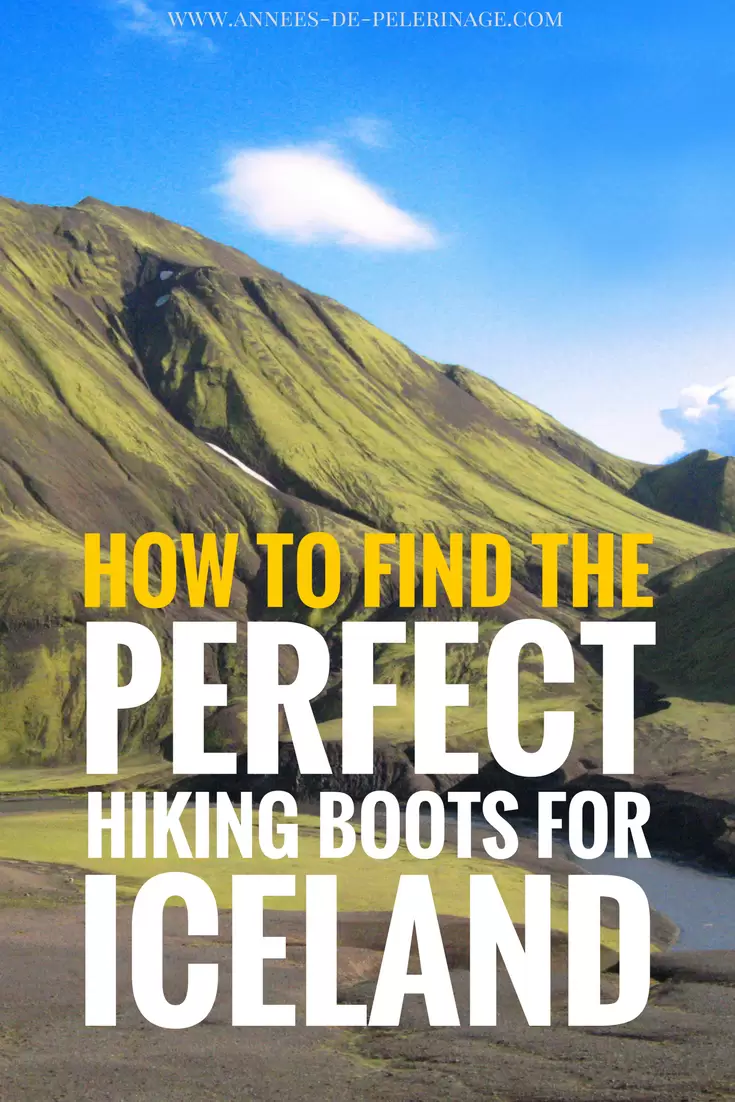
Picture credits: Shriram Rajagopalan, Nadya Peek, Mark Bray, Hafsteinn Robertsson


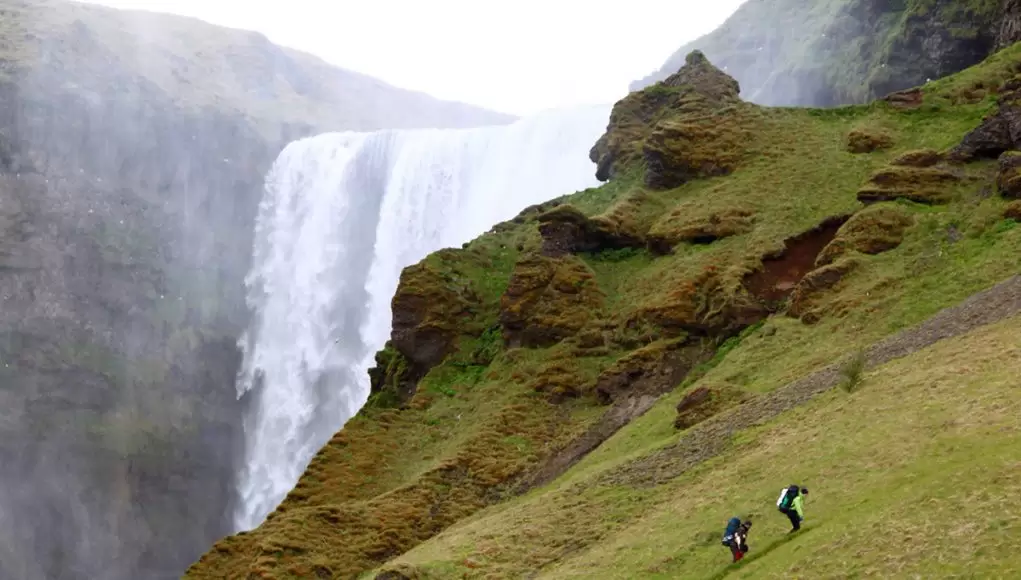







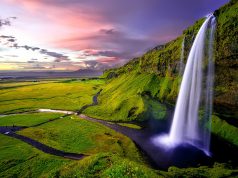
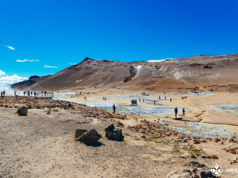
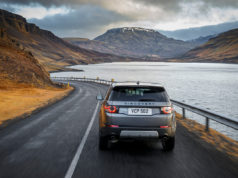


What do you think about the leather and mesh, goretex lined waterproof boots, like a Vasque breeze 3.0 gtx or Keen Durand? As opposed to all leather like the lowa boots that you showed? We are visiting iceland in late august. We will do day hikes of a few kilometers to waterfalls and glaciers. But we live in Texas where it is hot! So all leather boots, while good for iceland would be too hot for Texas and we would like to be able to use these boots in the future. Will the mesh
& goretex boots be waterproof enough for iceland in August? Do you think they would get too wet on a 3 hour glacier hike? Thanks for your thoughts.
Hey Steve,
for a start, the Lowa boots are a mix of leather and Gore-Tex. Most versatile hiking boots are and this is fine for Iceland.
Now, when it comes to using your hiking boots for Iceland back at home in Texas, you might face a bit of a problem. Gore-Tex only works, when there is a difference of ideally more than 15° Celsius between body temperature and outside. Is the difference lower, you are actually creating a sauna inside your boots. The water vapor (your sweat) will not be able to diffuse through the Gore-Tex mesh anymore and you risk very smelly feet. If I were you, i’d try to avoid that.
If you put things together, you sort of have to decide between waterproof and using them back at home. You could option for a full leather shoe (which is better at high temperature, if you ask me) and wax it before your visit to Iceland. It won’t be super waterproof, but in August that should be okay. If there’s a day in between your hikes for the boots to dry, everything will be fine.
I really can’t imagine boots that are good for Iceland AND Texas…anyone claiming they had one, would be lying.
Hi! I’m going to Iceland for 10 days at the end of September 2017. We rented a 4×4 to drive around the ring, but also booked hotels every night what do you think of Sorel Tivoli 11 Boot woman? To wear daily? Would you recommend another boot to wear during the day for walking around, but a boot where my feet will stay dry and warm and comfy?? Thank you!!
Hey Christina,
the Sorel Tivoli II is a snow boot. I am not sure why you want to bring one in September? Speaking from personal experience, the Sorel boots are great to keep you warm, but they are not the best shoes for long walking.
What do you recommend for a trip the first week of February? Mostly sightseeing but one day glacier hiking. Do the guides provide crampons or are they easily available for purchase?
Thank you,
Lara
Hey Lara,
usually, they do provide crampons, but it’s nothing I can obviously vouch for. That is something you’d have to check with your tour company. They might even provide you hiking shoes (check), so you really just need waterproof walking shoes. The terrain can be quite soggy in February, though, so comfortable beginners hiking boots might be a good option (even though they are not as comfortable).
I’ll be heading to Iceland during end March. Will probably do some hikes or even glacier hikes if possible. Other activists will be the usual around the west and south coast. Which will you recommend?
Hey Suyi,
that really depends on the kind of hikes you plan to do, but it sounds like an average all-round-hiking shoe will be just fine.
Hello,
I am travelling to Iceland in a weeks time (November 17th). We are doing a the general tourist tour golden circle on the first day, and the second day hiring a car driving to the waterfalls down south.
Do you think I need any special shoes ? I have your normal nike trainers!
We are doing the snow mobiling but I believe there you can hire gear! Any thoughts would be greatly appreciated.
Hey Mohammed,
I don’t think you need special shoes for that tour, though pathways can be quite soggy so i’m not sure if nike trainers will be the best idea. Along the golden circle, all pathways are more or less suitable for even handicapped people, which is telling i guess ;-)
Hi. I will join a south shore adventure and golden circle tour in mid Dec. Do you think it is necessary to get a wterwproof as well as gore tex hiking shoes? Or with leather layer? Btw, I have a pair of thermal sock.
I still have doubt becos my home country is always more than 20C and even higher in summer time.
Well, if you are coming from a very warm country, I’d recommend you to layer a lot! As for shoes – you don’t need hiking boots for the golden circle, but you do need sturdy winter shoes – some pretty warm. Actually, you might want to consider the Sorrel snow boots I recommended down at the bottom. I have two pairs and always wear them when visiting x-mas markets (*lol*), but also wore them up at the North pole.
I am going to Iceland in Feb and doing some short hikes to check out waterfalls/hot springs but not trekking into the crazy snow, maybe a glacier tour (guided of course, I’m from TX so cold isn’t my thing). I was recommended to get Gore-Tex and not the insulated boots, just buy wool socks and maybe layer them, so that the boots would be useful in hotter weather. Do you have any guidance? it seems like it’s not necessary to go full on snow boot based on the posts I’ve seen.
Hey Guillermo,
you’ll thank me for getting something truly waterproof as the pathways to the major highlights can be very soggy. Insulation is probably not needed, if you got warm socks.
But as I detailed out, it’s impossible to buy shoes for cold and warm weather. That is a myth. Gore-tex is the worst you can buy in hot weather as it will insulate your sweat rather than the wetness outside (remember, gore text always works from warm to cold).
Can you share where the photos in this article were taken? We are visiting Iceland this summer and think these shots look really cool–might be worth adding them to our itinerary! Thank you!
Hey Shawna,
you’ll find me complete Iceland itinerary here – with tons of inspiration :D
https://www.annees-de-pelerinage.com/perfect-iceland-itinerary/
I’m going on my first glacier hike in mid-March and am looking for an appropriate hiking boot for WIDE feet that won’t break the bank. Thanks!
Will Timberland 6″ premium boots do for Iceland in April? Really don’t want to get more shoes. Thanks.
If you don’t mind them getting dirty and wet, why not and as long as you don’t plan to do any real hiking.
Thanks! Will join local tour groups. It’s for 8yrs old – 80yrs old. Doubt will do real hiking:)))